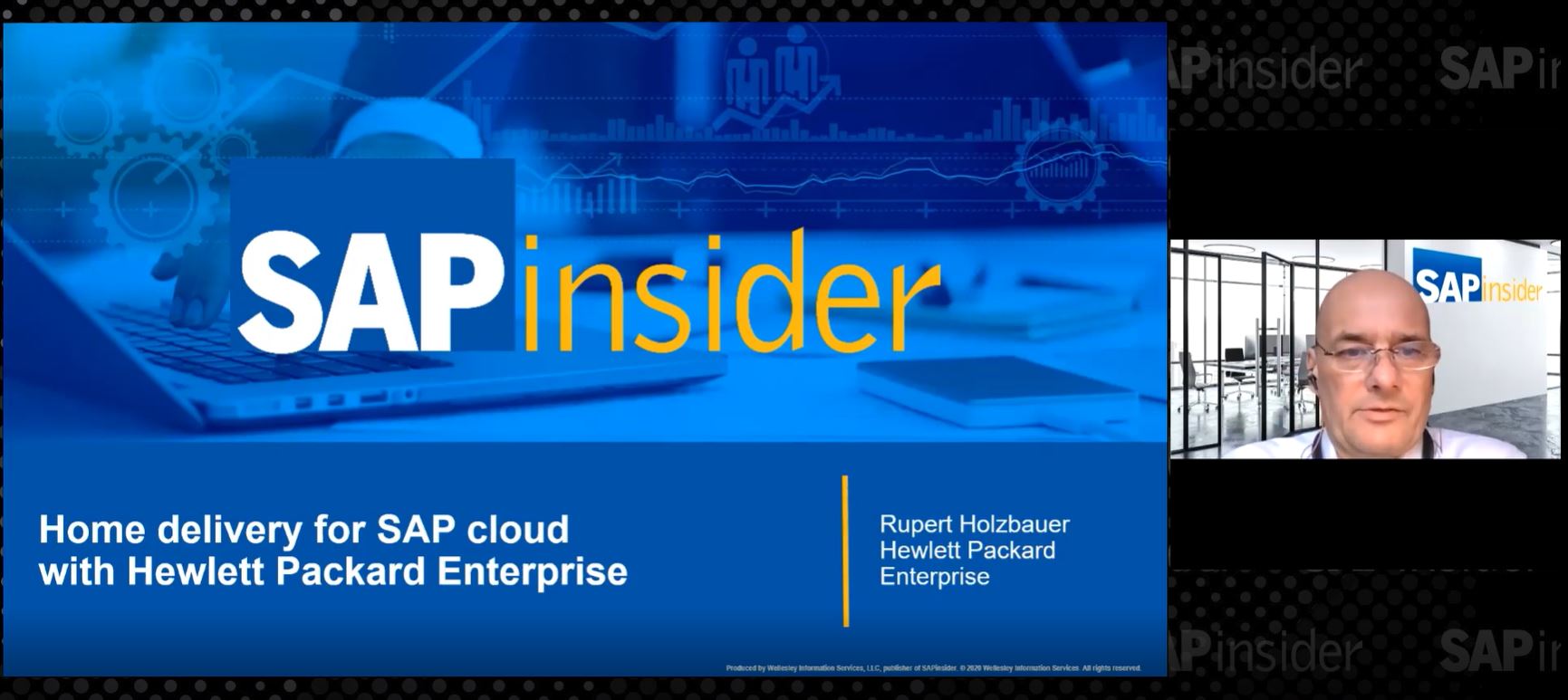Impacts of COVID-19 Reveal Opportunity for SAP Migration
By Dr. Steele Arbeeny, Chief Technology Officer, SNP
There have been countless articles over the last six months talking ad nauseam about the negative impacts of COVID-19 on the business world – virtually all businesses, in every industry, across the planet. It’s an established fact by this point that the worldwide pandemic has wreaked havoc on everything from employment and wages to customer retention, revenue streams, investments, and overall confidence. But amid all the economic muck caused by COVID has been one overlooked actual positive for businesses: it has proven just how valuable and essential it is to migrate your SAP environment to the cloud.
This piece will delve into how COVID has laid bare the costly limitations of on-premise ERP installations, how COVID has also made the value of merging or divesting into the cloud clearer, and the steps businesses need to take to ensure they’re ready to undergo that transformation.
Explore related questions
Why Limitations of On-premise ERP Capacity Are Costing You
One of the advantages of outsourcing your SAP environment to the cloud is that you can right size your ERP instance capacity – which is not something you get with on-premise.
On-premise installations require planning up to five years of capacity, in lieu of getting specific budget requests to increase capacity as needed along the way. That’s a problem in the ERP world. Say your board sets a goal to buy five companies over the next five years, tantamount to a 10x growth in users. So, IT plans infrastructure capacity accordingly. But what if you miss those user growth goals? Or exceed them? The end result is either ERP capacity that is drastically oversized compared to your needs, running up a lot of unnecessary costs, or your needs outweigh what the ERP platform is capable of supporting.
This is not a problem with cloud. You buy what you need: downsize when needed and reap the savings, and then scale back up when the demand is there. This scalability is essential during periods like COVID, where business may suddenly slow down drastically. There’s no way you can plan ahead of time for how a historic, dual pandemic and recession may slow down business. But by optimizing your SAP environment with the flexibility of cloud, you don’t need to create that impossible ahead-of-time plan, you can just scale up and down as the situation calls for, and bank the savings. You consume and pay for only what you need at any given time.
Even outside of COVID, this utilization flexibility can be used during ‘normal’ times. If your systems see very high utilization for 12-hour periods on weekdays, and that drops off after work hours and on weekends, then you can scale accordingly and yield more savings. Some cloud hyperscalers will even automate this so you aren’t paying needlessly during downtime.
COVID Has Accelerated the Need to Merge or Divest Into the Cloud
One particular cloud use case we’ve seen increase during COVID-19 has been mergers, acquisitions, and divestitures. A pandemic-driven economic slump may not seem like an obvious scenario for M&A or divestiture activity, but the cloud is what makes these moves not just feasible, but business critical.
For example, if COVID was driving a business to underperform, its parent company may want to divest from it. The cloud plays a key role in that: it allows the parent company to divest into the cloud, essentially handing over to the new buyer the keys to an ERP instance like SAP that’s already running with the data they need in the cloud. It simplifies the handover.
The cloud not only offers greater control over capacity utilization, it can also be leveraged to consolidate multiple ERP instances – for example, merging multiple SAP systems into a single S/4HANA system with an endpoint in the cloud. This helps to streamline what might be disjointed and unharmonized on-premise environments, merging them into a single target and collocating your data in one place.
This has the short-term benefit of reducing your infrastructure footprint, and reaping the associated savings – a boon to any business struggling right now – but also provides a long-term benefit that makes data migration simpler in the event of an M&A or divestiture.
Planning Your SAP Cloud Migration
There are no disadvantages to migrating your SAP environment to the cloud – Although there are many aforementioned benefits to migrating your SAP environment to the cloud, there are steps you need to take to prepare, and make sure you’re ready to both get as much value out of the cloud as you can and pull off the transformation seamlessly.
For starters, consider platforms like your ERP system, data warehouse or adjacent supply-chain systems more holistically. IT tends to think of all these systems as disparate parts, but that’s a mistake. Because users don’t see these things as separate from each other; they see them as all one system, so your cloud migration strategy has to be built around that. You need to move all of your systems in tandem to the cloud. Otherwise, you could end up with split infrastructure, where, say, your SAP platform is in the cloud but your reporting functions are still on-premise – unnecessarily complicating an environment that the cloud is supposed to be streamlining.
That’s just from the technical side of things. Some more business-oriented preparations to plan out include working out pricing models, and right-sizing your ERP capacity so you’re getting the most value out of your utilization (of course with the cloud, you can scale this up and down later as needs change).
Working with the right software partner with a specialization in SAP cloud migrations and data transformations is especially crucial to all of this. Deploying an automated, end-to-end software approach is necessary for consolidating multiple SAP systems into a single, combined S/4HANA environment – where data has been selectively migrated over based on need, and collocated with your analytics – is key to begin reaping the benefits of an SAP cloud transformation right away.








